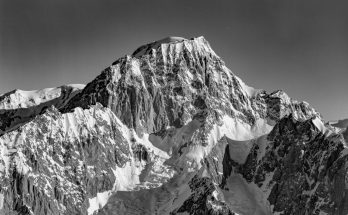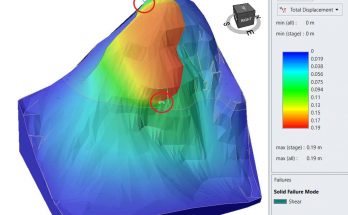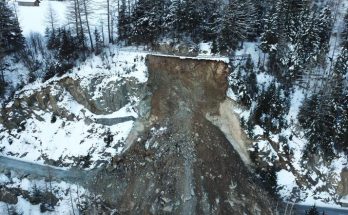David Médico
Director: Prof. Michel Jaboyedoff
Assistant: MSc. Antoine Guérin
The winter 2011-2012, relatively rich in snow, was very marked in the spring by the avalanches of wet snow especially on the Swiss part of the Portes du Soleil (Valais). The following winters also had a lot of heavy snow avalanches in the spring. The first findings of the zones exposed to failure were made during the winter 20I3-20I4.
ln order to characterize snowpack movements and identify areas of rupture, a series of LiDAR scans were carried out at various locations in the Crosets (Portes du Soleil – Valais) with the help of the domain trackers. For logistical and practical reasons, only the Vaillime sector was monitored thereafter. Several scans were carried out at regular intervals throughout the sector. During the non-consecutive 4 days of monitoring, 2 avalanches occurred and a creeping zone was identified. With georeferencing on a digital terrain model (DTM), it was possible to identify the slopes in which these events occurred. The volumes in motion could also be calculated.
ln addition to LiDAR investigation, the thermal imaging technique was used to detect warmer areas in the snowpack before a crack could open. Unfortunately, this was not possible, but the thermal imaging analysis still showed differences in snow temperatures between the shaded areas protected from rocks and open areas.
The last technique used during the same winter is Structure-from-Motion. A large number of photographs were taken in areas where an avalanche was possible. At first, the expected results were not sufficient, it is only during the following winter that new reconstruction tests were more relevant, even if the technique still needs some improvements.
During the winter 20I5-2016, that work was reoriented toward the study of snow melt. An
experimental table was built since it is neither possible to predict how the winter will be (e.g the number of wet snow avalanches) nor possible to control the necessary parameters continuously. lt was a tilting table and allowed the control of meltwater, climate data from the weather station (that collected data continuously) and the change in snow volume through the use of a LiDAR. ln parallel, an experiment took place to continuously measure the temperature of the snow through a probe coupled to a logger. The latter resulted in the loss of data due to a power failure. Coupling of the weather station, LiDAR and meltwater volume has been successful, although the system can be improved, e.g snowfall harvesting.



